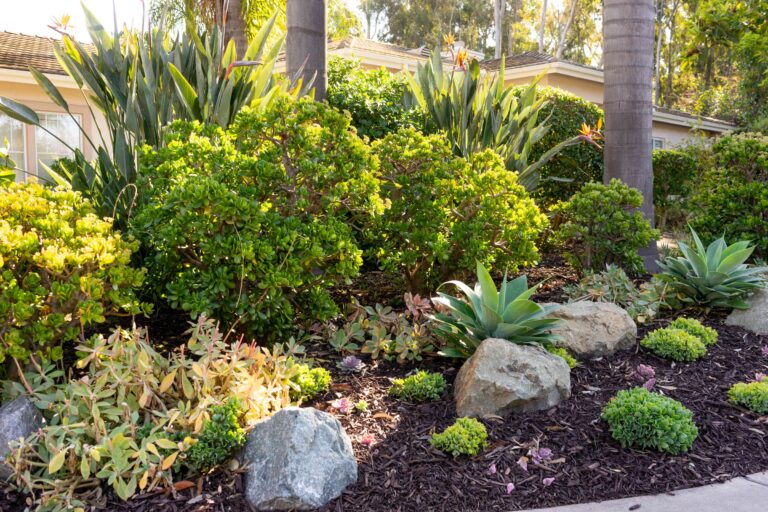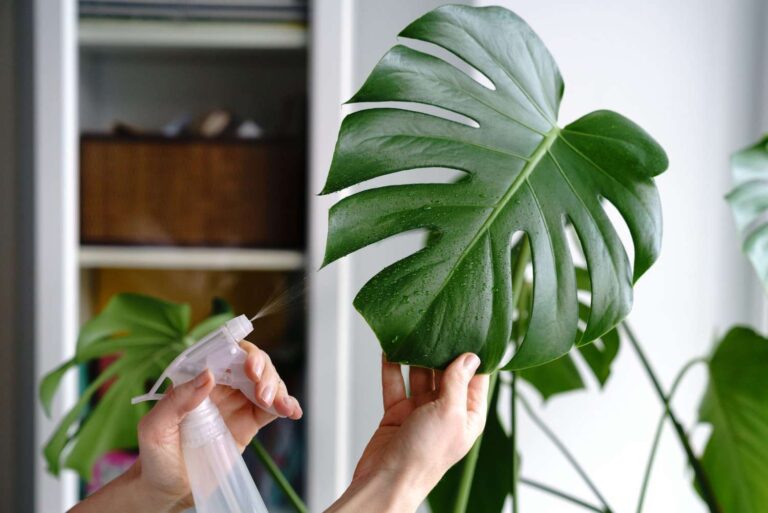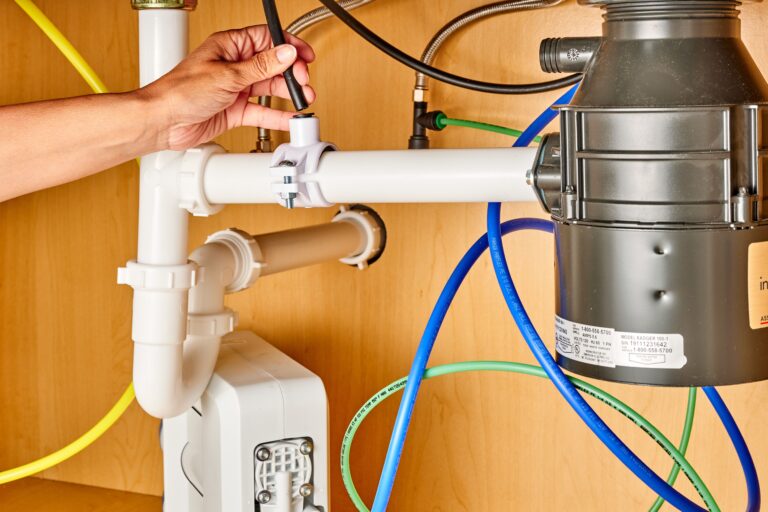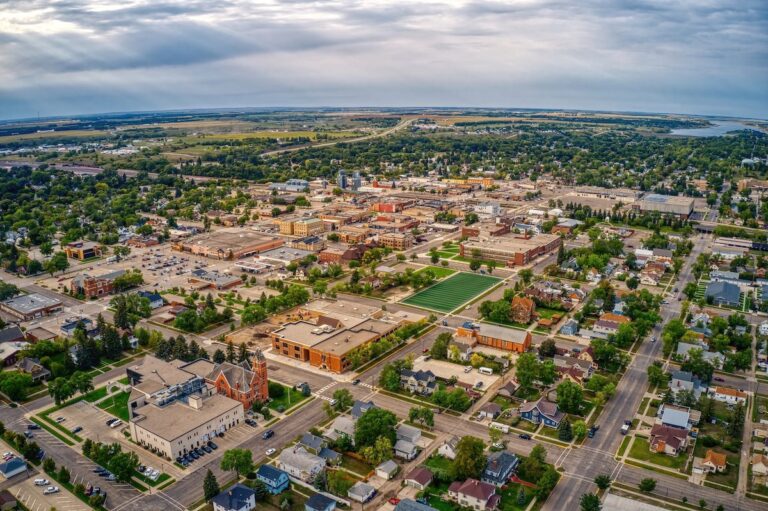How Can I Design A Garden?
Designing a garden can be a fun and rewarding activity. Whether you have a small balcony or a large backyard, it’s possible to create a beautiful outdoor space. The key is to start with a plan and have a clear idea of what you want to achieve. Think about how you’ll use your garden and what elements you’d like to include. Consider the type of plants, hardscaping materials, and structures that you’d like to incorporate. Finally, use your creativity to bring your vision to life and create a garden that’s unique to you.
Assessing Your Garden Space
Designing a garden is not a one-size-fits-all solution. When considering how to design your perfect garden, the first step is to assess the space you have available. This includes considering the size of the space, the soil conditions, the amount of light your garden will receive, and any potential restrictions or limitations you may face. Knowing the details of your space can help you decide which plants and features to include in your garden design and which ones to avoid.
In addition to assessing your space, it is important to consider the style of garden you would like to create. Do you want a traditional, cottage-style garden or a modern, contemporary design? Once you have decided on the style of garden, you can begin to plan which plants and features you would like to include. It is important to remember that certain plants may require different types of soil and light in order to thrive, so it is important to research the plants you select before adding them to your garden.
Finally, consider the budget you have available to create your garden. Depending on your budget, you may want to invest in some hardscaping, such as a patio or deck, or you may opt for a more natural-looking garden with fewer features. Regardless of the style of garden you choose, it is important to take the time to plan your garden carefully to ensure that you create a beautiful and functional space.
Choosing the Right Plants
Designing a garden is a fun and rewarding process. The first step is to decide which plants will thrive in your garden. To do this, consider the climate and weather conditions in your area. If you live in a hot, arid climate, you may want to choose drought-tolerant plants. If you live in a cold, wet climate, you may want to plant perennial flowers that are hardy and can withstand cold winter temperatures. Once you have chosen the right plants for your area, you can begin to decide what types of plants you want in your garden. If you are looking for a low-maintenance garden, you may want to choose annuals and perennials that do not require much care, such as petunias and impatiens. If you are looking for a colorful, vibrant garden, you may want to choose plants with bright blooms, such as tulips and lilies. Once you have chosen the right plants for your garden, you can decide on the layout and design of your garden. Consider the size of your garden, the amount of sunlight it receives, and the type of soil you have. You can also add garden accessories, such as benches and statues, to make your garden even more beautiful. With a little planning and creativity, you can create a garden that is both beautiful and functional.
Selecting Garden Furniture
Designing a garden isn’t just about plants – the furniture you choose can make or break the look and feel of your outdoor space. Whether you’re looking for classic garden furniture or something more modern, there are plenty of options available. Before you start shopping, consider the style of your garden and what type of furniture will best fit into it.
Choose furniture pieces that are made from weatherproof materials, such as wicker or metal, and make sure to pick pieces that are comfortable as well as stylish. If you have a large garden, consider investing in some outdoor seating areas, such as a bench or lounge chairs. For smaller gardens, folding chairs or bistro sets are a good option. You can also add some personality to your garden with garden accessories, such as decorative pillows or a sun umbrella.
Don’t forget to consider the practical aspects as well. When selecting garden furniture, make sure the pieces are durable and easy to maintain. Opt for pieces with removable covers so you can keep them clean and looking good during the winter months. Finally, consider the safety of your furniture – make sure you choose pieces that are stable and won’t tip over easily. With these tips in mind, you’re sure to find the perfect pieces for your garden.
Creating a Water Feature
Creating a water feature in your garden is an excellent way to add beauty and tranquility to your outdoor space. This can be done through the installation of a pond, waterfall, fountain, or other creative water feature. Not only do they look great, but they also provide a habitat for local wildlife, such as frogs and birds. Furthermore, they can be a great conversation starter for entertaining guests! When designing a water feature, it is important to consider the size and shape of the feature, the type of plant life you would like to include, and the overall look and feel you are aiming for. Additionally, it is important to consider the cost of installation, as well as the resources needed to maintain the feature. With the right design and materials, you can have a beautiful water feature that will be the envy of your neighbors.
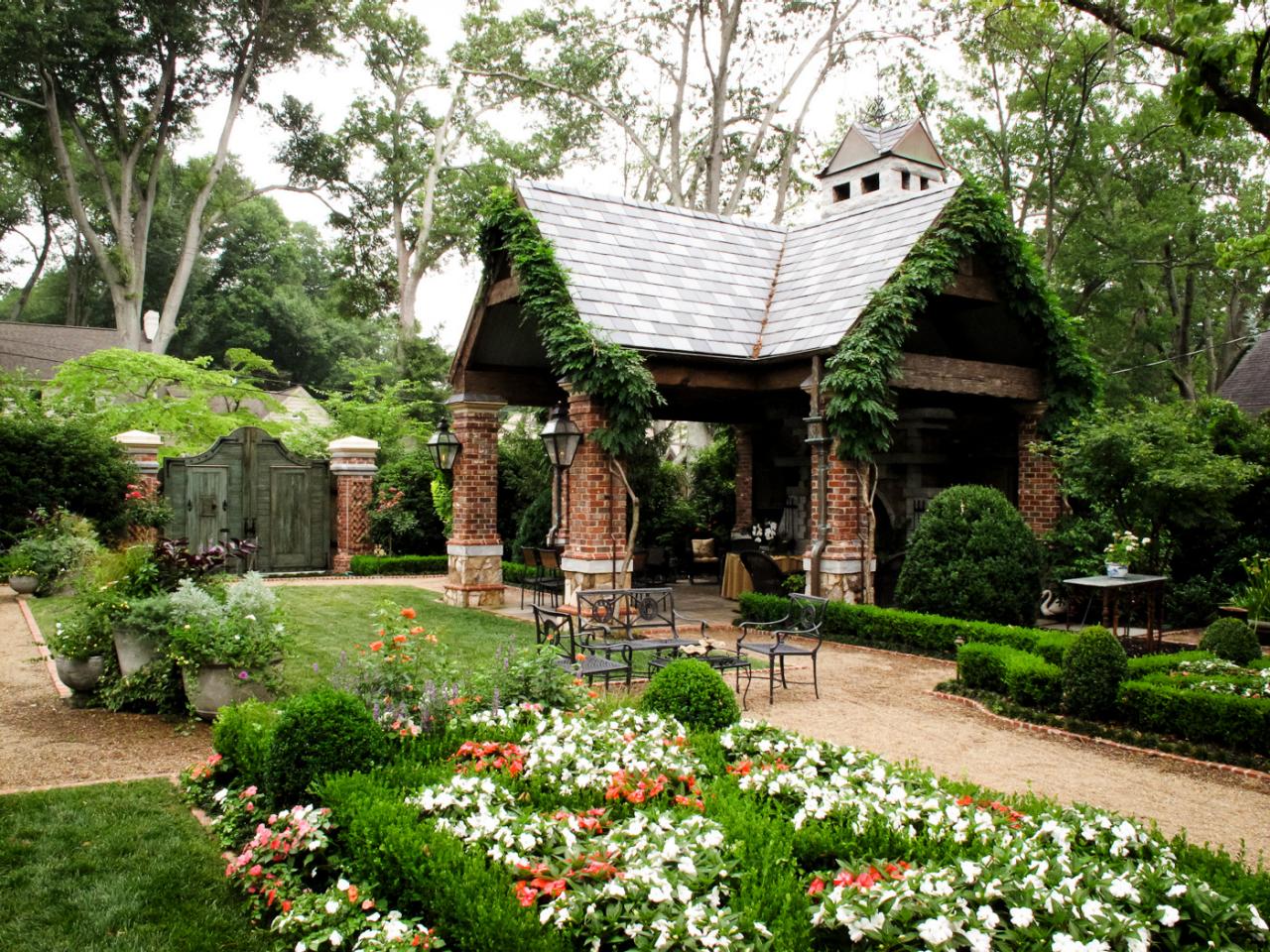
Utilizing Outdoor Lighting
Outdoor lighting is an important element to consider when designing a garden. It’s a great way to create ambience and functionality, while highlighting the beauty of your garden. When it comes to outdoor lighting, the options are endless. From spotlights to lanterns, you can choose from a variety of styles and shapes to light up your garden. Solar-powered lights are also an energy-saving option as they require no wiring and are easy to install. Additionally, consider motion-sensor lighting to keep your garden safe and secure. With the right lighting, you can bring your garden to life and create an inviting atmosphere for your guests.
Installing Plant Containers
Designing a garden can be a rewarding and creative endeavor. One popular way to add a unique touch to your garden is to install plant containers. Plant containers are an easy and versatile way to add a beautiful, living element to any outdoor space. With a few simple steps, it’s easy to add a pop of color and texture to your garden.
When selecting planters, you’ll want to choose an option that fits your garden’s aesthetics. Consider the size, color, and material of the planters when making your selection. Once you’ve chosen the right planters, you’ll need to decide where you’d like to place them in your garden. Plant containers can be placed in the center of the garden, along the edges, or even on the patio.
Once you’ve found the perfect spot for your planters, you’ll need to prepare the soil. This includes adding fertilizer, soil amendments, and compost. When the soil is ready, you can then fill the planters with the soil and plants of your choice. Make sure to water the plants regularly and keep the soil moist.
Lastly, to maintain the beauty of your garden, you’ll need to trim and prune the plants regularly and watch for signs of disease or pests. With a bit of regular maintenance, you’ll be able to enjoy your garden for many years to come. Installing plant containers can be an easy and enjoyable way to add beauty to any outdoor space.
Integrating Garden Decor
Designing a garden is an exciting endeavor that can take on many forms. From traditional gardens to modern designs, there are countless possibilities to explore. One of the most important elements to consider when designing a garden is integrating garden decor. Garden decor is the perfect way to showcase your creativity and bring your garden to life. It can range from simple accents to elaborate displays. Here are some tips for how to design a garden with garden decor.
Start by assessing your garden space and the available sunlight, as this will determine the types of plants that are suitable for your garden. Then look for garden decor pieces that complement the overall look and feel of the space. For example, if you have a traditional garden, look for rustic accents or classic pieces of garden furniture. If you have a modern garden, look for more contemporary pieces.
Garden decor can also add a unique touch to your garden and make it stand out. For example, you could add outdoor sculptures, wind chimes, or a bird feeder. You could also add decorative lighting, such as string lights or lanterns. Consider the plants in your garden, and choose decor pieces that enhance their beauty. For instance, you could add potted plants, or even planters in different shapes and colors.
Finally, don’t forget to add a few personal touches. Incorporate items that reflect your personality or interests, such as a bench with a favorite quote or an outdoor rug with a special pattern. With a little creativity and imagination, you can create a unique garden that is uniquely yours.
Maintaining Your Garden
Designing a garden requires more than just planting a few flowers. It’s important to understand how to maintain your garden so that it remains healthy and vibrant for years to come. A well-maintained garden is a reflection of your dedication and hard work. Here are some tips to help you keep your garden looking great:
First, create a plan for your garden. This should include when and how often you will water, fertilize, prune, and mulch. Additionally, it’s important to take into account the type of soil in your garden and what type of plants you are growing.
Second, make sure to invest in quality garden tools. Investing in a good set of tools will help you to take better care of your garden and make the tasks easier and more efficient.
Third, keep an eye on the weather. Extreme temperatures can damage plants, so be sure to check the forecast and adjust your watering and fertilizing schedules accordingly.
Finally, don’t forget to enjoy your garden! Take time to sit back, relax, and enjoy the beauty of nature. Gardens are meant to be enjoyed, so don’t forget to take a few moments to appreciate the beauty you’ve created.
FAQs About the How Can I Design A Garden?
1. What type of plants should I use when designing my garden?
Answer: It depends on the climate and space you have available. Research plants that are native to your area and thrive in the local environment. Consider factors such as sunlight, soil type, and water requirements when selecting plants.
2. What tools do I need to design a garden?
Answer: You will need basic gardening tools such as a shovel, rake, and hoe, as well as measuring tools such as a tape measure and level. You may also want to invest in a garden design software program to help visualize and plan your garden design.
3. How much space do I need to design a garden?
Answer: The size of your garden depends on the plants you want to include. Consider the size and shape of the plants when selecting them, and plan your garden accordingly. If you plan to use a container garden, the size of the containers will be a determining factor in the size of the garden.
Conclusion
Designing a garden is a great way to bring life, beauty, and enjoyment to your home. It can be a fun and rewarding experience to craft your own outdoor oasis, whether it be a simple vegetable garden or a complex and beautiful flower garden. To design your garden, you must consider your needs, your budget, and your desired look and feel. You should also take into account the existing climate and soil conditions, as well as the amount of sunlight and water available. With the right resources and a bit of creativity, you can create a garden that is both functional and aesthetically pleasing.

